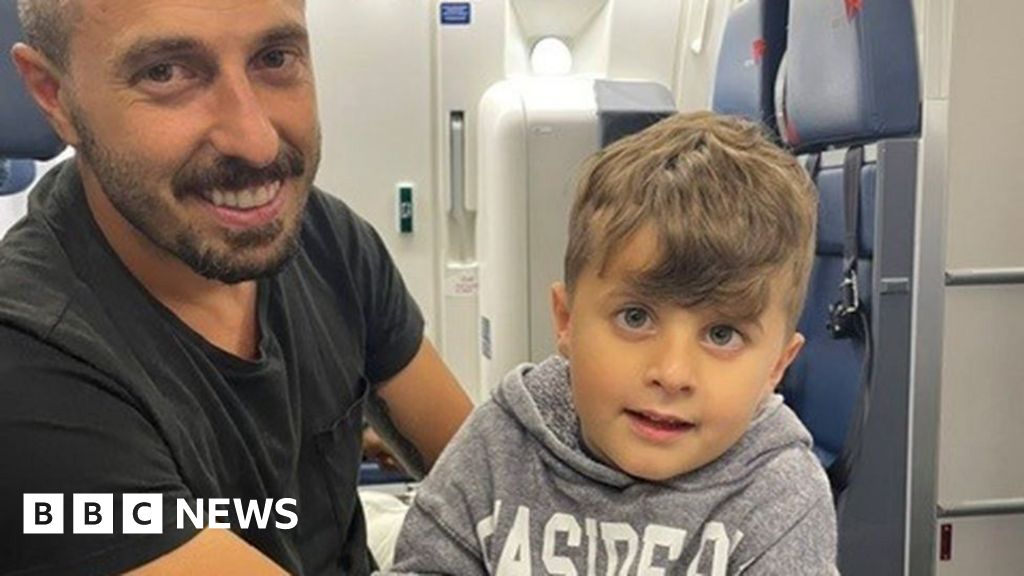UK Doctors Advance Gene Therapy to Address Childhood Blindness

The Spin
Narrative A
This is the first effective intervention for the most severe form of childhood blindness — highlighting the transformative power of early genetic intervention in preserving and improving vision and potentially opening doors for treating other forms of genetic blindness in the future.
Narrative B
While this treatment has enabled children to gain independence, confidence, and mobility they never had before, fundamentally changing their daily lives and developmental potential, gene therapy isn't always permanent. More research is needed to make it long-lasting and more widely available.
Metaculus Prediction
There's a 50% chance that at least 57.2% of the US population will have been diagnosed with myopia/near-sightedness in 2050, according to the Metaculus prediction community.






